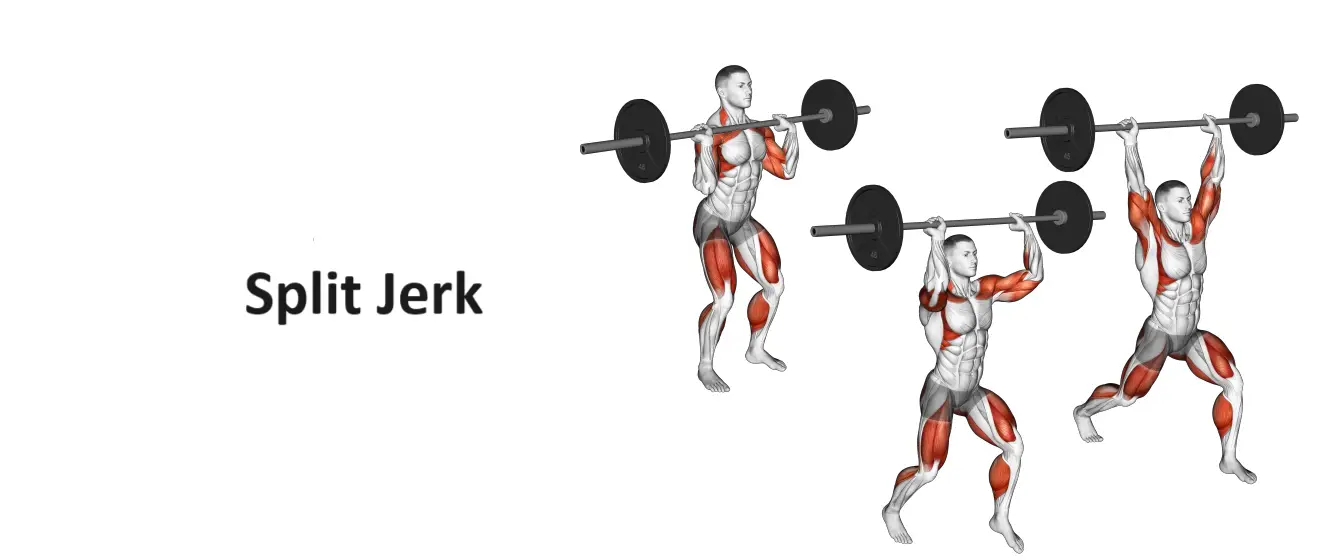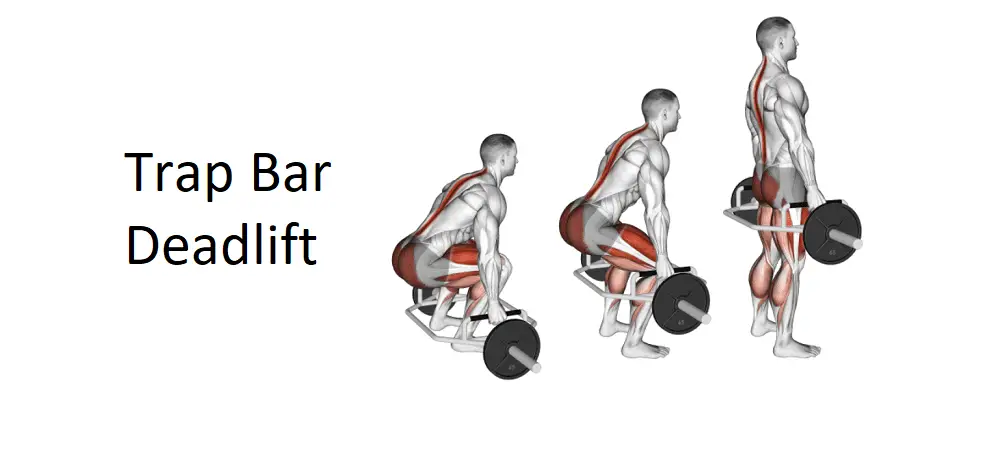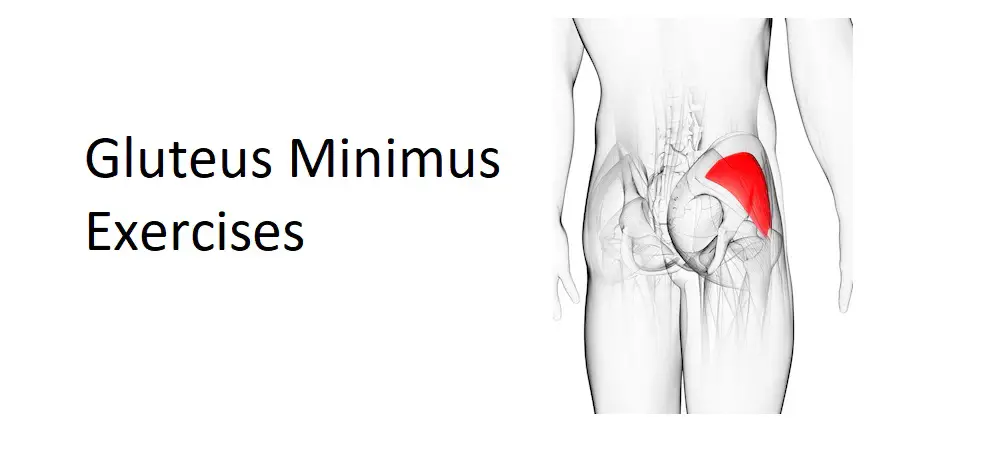The Split Jerk is a fundamental weightlifting exercise that involves driving a barbell overhead while splitting the feet front and back to catch the weight. It is commonly seen in Olympic weightlifting competitions and is also used by athletes and strength trainers to develop upper body strength, power, and coordination. In this comprehensive guide, we’ll explore the correct technique, benefits, variations, and other essential details associated with the Split Jerk.
Instructions
Setup:
- Foot Position: Start with your feet hip-width apart and the barbell resting across your shoulders in a clean grip. Position your feet so that one foot is slightly in front of the other, with the front foot pointing forward and the back foot angled outward.
- Bar Position: Ensure the barbell is positioned directly over your midfoot, with your elbows pointing out to the sides and slightly upward to create a stable shelf for the barbell to rest on.
Execution:
- Dip and Drive: Bend your knees slightly and then explosively extend your hips, knees, and ankles to drive the barbell upward. As you do so, push your body underneath the barbell and drive it upward with your arms.
- Split Position: As the barbell reaches its peak height, quickly split your feet front and back into a deep lunge position. The front knee should be bent at approximately a 90-degree angle, while the back knee is bent at a lesser angle. Keep your torso upright and your chest lifted throughout the movement.
- Overhead Lockout: Simultaneously press the barbell overhead with your arms fully extended and locked out. Ensure that the barbell is directly over your midfoot and that your head is positioned slightly forward to clear the barbell’s path.
- Recovery: Stand up from the split position by driving through the front heel and bringing the back foot forward to meet the front foot. Maintain control of the barbell overhead throughout the movement.
Tips:
- Practice footwork and timing to ensure proper coordination between the dip, drive, and split phases of the lift.
- Keep your core muscles tight throughout the movement to maintain stability and prevent overarching of the lower back.
- Focus on driving the barbell upward with maximum force while maintaining proper technique and balance.
Benefits
- Upper Body Strength: The Split Jerk targets the muscles of the shoulders, arms, and upper back, leading to improved upper body strength and muscle development.
- Power Production: This explosive movement requires rapid force generation from the legs, hips, and upper body, resulting in increased power output.
- Dynamic Stability: Performing the Split Jerk requires balance, coordination, and stability to maintain control of the barbell overhead while moving into the split position.
- Functional Movement: The Split Jerk mimics real-world pushing and lifting movements, making it a valuable exercise for athletes and individuals looking to improve overall athleticism and functional strength.
Muscles worked in Split Jerk
The Split Jerk is a complex, full-body movement that engages multiple muscle groups to execute the lift effectively. Here are the primary muscles worked during the Split Jerk:
- Quadriceps: The quadriceps muscles located at the front of the thigh are heavily engaged during the initial drive phase of the Split Jerk. They help extend the knee joint to generate power and drive the body upward.
- Hamstrings: The hamstrings, located at the back of the thigh, assist the quadriceps in extending the knee joint and contribute to the upward propulsion of the body during the lift.
- Glutes: The gluteal muscles, including the gluteus maximus, medius, and minimus, are engaged during the explosive hip extension phase of the Split Jerk. They contribute to generating power and driving the body upward.
- Core Muscles: The core muscles, including the rectus abdominis, obliques, and transverse abdominis, provide stability and support throughout the Split Jerk movement. They help maintain proper posture, prevent excessive arching of the lower back, and transfer force between the lower and upper body.
- Shoulders: The deltoid muscles of the shoulders are heavily engaged during the overhead pressing phase of the Split Jerk. They help lift and stabilize the barbell overhead in the locked-out position.
- Triceps: The triceps muscles, located at the back of the upper arm, assist the shoulders in extending the elbows to lock out the barbell overhead. They play a crucial role in stabilizing the arms and maintaining control throughout the lift.
- Upper Back: Muscles of the upper back, including the trapezius, rhomboids, and rear deltoids, help stabilize the shoulder blades and maintain proper posture during the Split Jerk. They assist in controlling the descent into the split position and stabilizing the barbell overhead.
- Quadratus Lumborum: The quadratus lumborum muscles, located on either side of the lower back, help stabilize the spine and pelvis during the lifting phase and maintain proper alignment.
Overall, the Split Jerk is an effective exercise for developing strength, power, and coordination throughout the entire body. It engages multiple muscle groups simultaneously and requires proper technique and coordination to execute successfully.
Alternate names for Split Jerk:
- Jerk Split
- Split Clean and Jerk
- Split Snatch and Jerk
- Jerk Lunge
Variations
- Push Jerk: Similar to the Split Jerk, but instead of splitting the feet front and back, the lifter performs a quarter-squat to catch the barbell overhead.
- Squat Jerk: Involves catching the barbell in a full squat position instead of splitting the feet. Requires greater flexibility and mobility in the hips and ankles.
- Power Jerk: Involves catching the barbell in a quarter-squat position without splitting the feet. Allows for heavier weights to be lifted compared to the Split Jerk.
Conclusion
The Split Jerk is a dynamic and challenging exercise that develops strength, power, and coordination throughout the entire body. By mastering the correct technique and incorporating variations into your training routine, you can maximize the benefits of this lift for overall athletic performance and functional strength.








